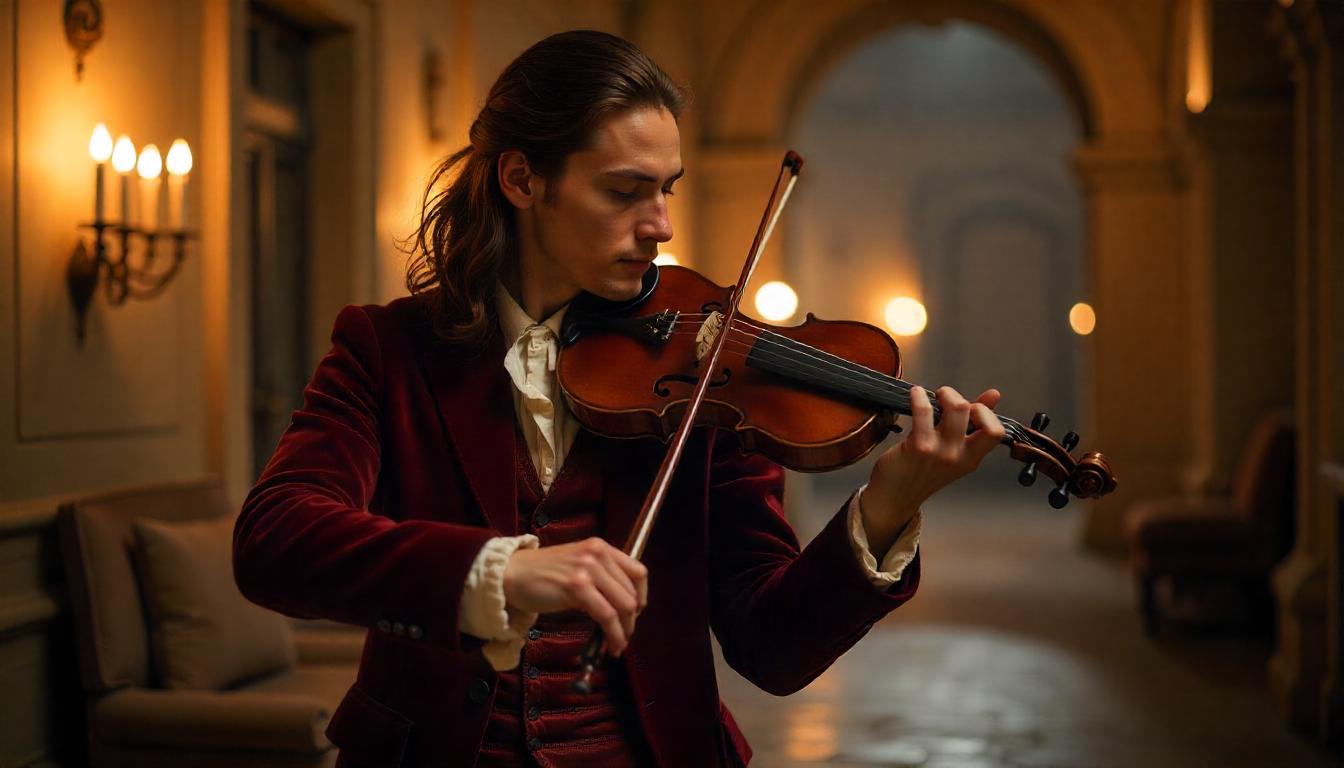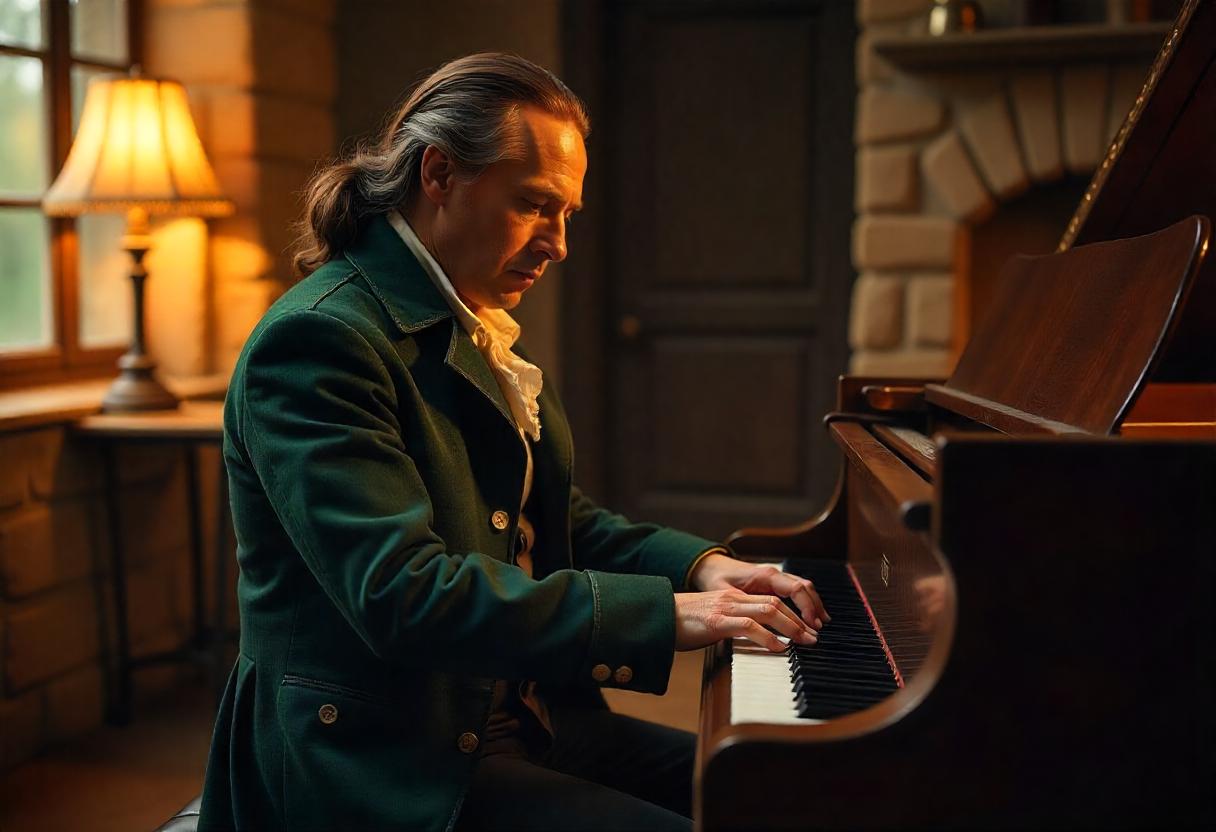

| Period | Instrument | Key Event |
| ~1550s | Violin | Andrea Amati creates earliest known violins |
| 1600s–1700s | Violin | Featured in Baroque works by Vivaldi, Bach, etc. |
| ~1700 | Piano | Bartolomeo Cristofori invents the piano |
| 1750s–1800s | Piano | Gained use through Mozart, Beethoven, Chopin |

 Philippines
Philippines